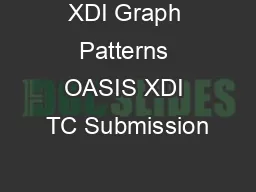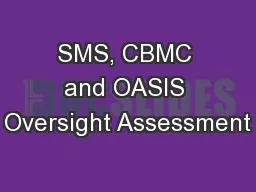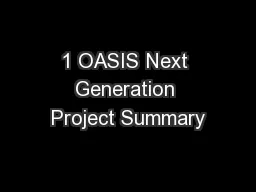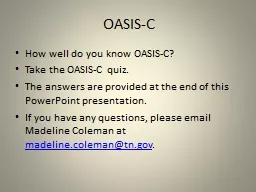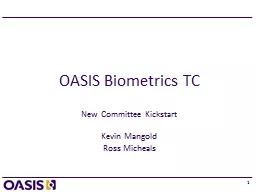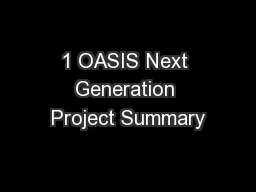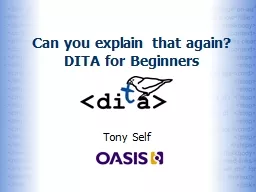PPT-XDI Graph Patterns OASIS XDI TC Submission
Author : karlyn-bohler | Published Date : 2018-02-17
Drummond Reed 20120206 This document contains illustrations of basic XDI graph patterns Inames i numbers and synonyms XDI statements used to assert multiple XRIs
Presentation Embed Code
Download Presentation
Download Presentation The PPT/PDF document "XDI Graph Patterns OASIS XDI TC Submissi..." is the property of its rightful owner. Permission is granted to download and print the materials on this website for personal, non-commercial use only, and to display it on your personal computer provided you do not modify the materials and that you retain all copyright notices contained in the materials. By downloading content from our website, you accept the terms of this agreement.
XDI Graph Patterns OASIS XDI TC Submission: Transcript
Download Rules Of Document
"XDI Graph Patterns OASIS XDI TC Submission"The content belongs to its owner. You may download and print it for personal use, without modification, and keep all copyright notices. By downloading, you agree to these terms.
Related Documents

